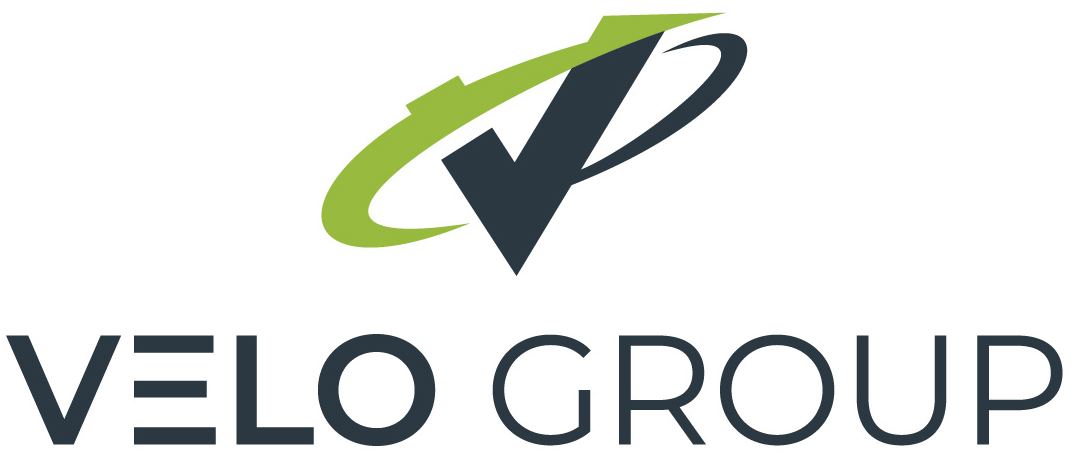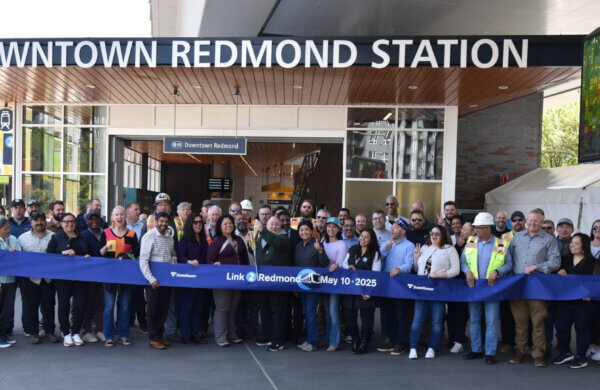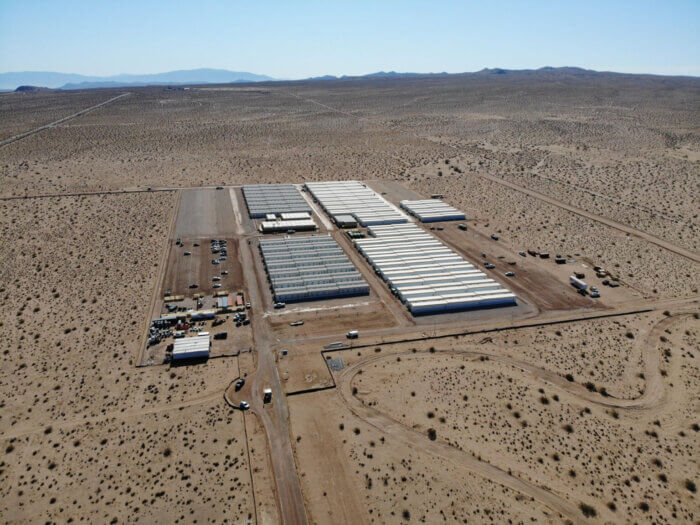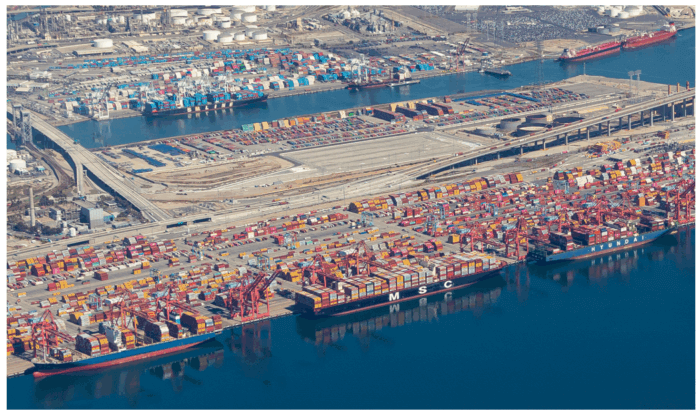Project info
- Case Studies, Featured
Sound Transit
Stacy & Witbeck/Kuney, A Joint Venture
Hensel Phelps
Jacobs
Hatch
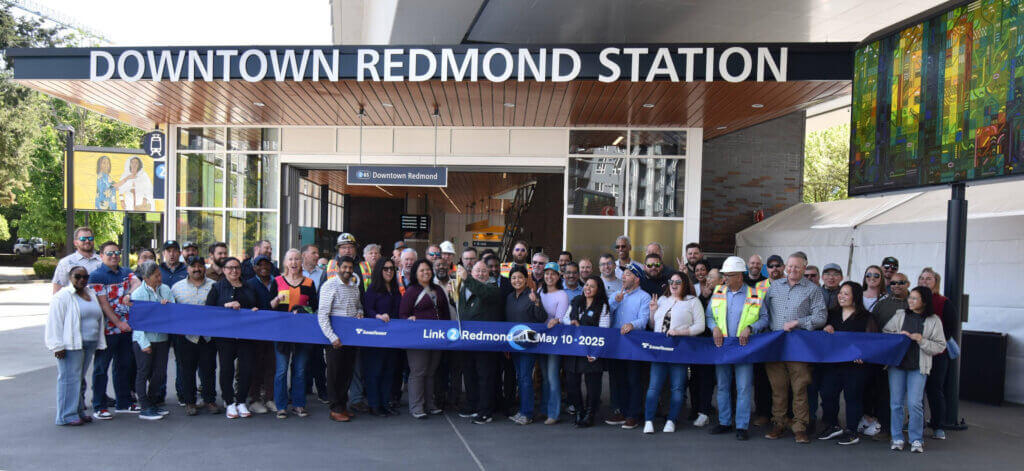
Project Description
Redmond, Washington
As part of a regional initiative to equitably expand public transit, the Downtown Redmond Link Extension (DRLE) is a 3.4-mile light rail addition that extends Sound Transit’s 2 Line from Redmond Technology Station to Downtown Redmond. Projected to serve 43,000–52,000 daily riders by 2026, the project added two new stations—Marymoor Village and Downtown Redmond—and a 1,400-stall parking garage near Marymoor Park. From the outset, a collaborative construction partnering approach was embedded in project delivery, ensuring close coordination among the contractors, designers, and public agency stakeholders to navigate complexities and deliver high-value outcomes.
Designed to improve access to parks, housing, retail, and regional bus connections, the project included at-grade and aerial guideways, cut-and-cover segments, two stations, and a pedestrian bridge connecting two regional trails. Environmental stewardship was a key focus, with wetland restoration efforts integrated adjacent to the alignment. Major civil components included three arterial roadway bridges, two new highway ramps, and three guideway bridge structures. A specialized systems integration team led the installation of essential systems—including overhead catenary, traction power substations, signaling, train control, communications, and safety certifications—to support a seamless transition into revenue service.
The project team overcame significant challenges, including construction within a constrained right-of-way next to live traffic, work in environmentally sensitive wetlands and creeks, and proximity to a busy municipal park. Additional obstacles included COVID-19 pandemic restrictions and a regional concrete strike. Through early and continuous construction partnering, the team cultivated a culture of shared problem-solving, aligned objectives, and a unified commitment to delivering a resilient, community-integrated light rail extension.
Partnering Approach
The success of the Downtown Redmond Link Extension was built on a robust partnering strategy that prioritized collaboration, trust, and shared accountability among all stakeholders. In addition to the design and construction team, the project involved intensive coordination with the City of Redmond, King County Department of Natural Resources and Parks, King County Metro Transit, and the Washington State Department of Transportation.
A Partnering Kickoff Workshop in October 2019 set the foundation by establishing ambitious goals in safety, quality, environmental stewardship, permitting, issue resolution, and public engagement. Over the course of the project, 17 partnering workshops — including targeted Safety and Quality Summits — created structured spaces for open dialogue and collaborative problem-solving.
The team embraced “Big Hairy Audacious Goals” (BHAGs), committing to zero safety incidents, environmental sensitivity, operational excellence, high-quality outcomes, and strong community relations. An early-established issue resolution ladder empowered teams to resolve challenges quickly and constructively, minimizing delays and disruptions.
Despite major challenges — including the COVID-19 pandemic, a regional concrete strike, and complex environmental requirements involving new fish habitats and vibration-sensitive areas — the team sustained a unified, “project-first” culture. Leadership promoted transparency, mutual respect, and continuous learning, creating a resilient and adaptable environment. Community engagement remained a core focus, with consistent outreach ensuring public awareness and support throughout construction.
This comprehensive partnering approach not only strengthened relationships and communication but also fostered innovation and creative problem-solving, enabling the successful delivery of a complex large-scale regional transit project aligned with community priorities and environmental goals.
Partnering Results
- Enhanced teamwork and partnership culture
- Strengthened coordination with local agencies
- Heightened construction and public safety
- Fostered innovation and creative problem-solving
- Maintained the project schedule
- Delivered a quality project
- Enhanced environmental compliance
- Streamlined issue resolution
- Fostered innovation and adaptability
- Ensured transparent, proactive community engagement
Project Notes
- Delivery Method: Design-Build
- Groundbreaking: October 2019
- Opening: May 2025
